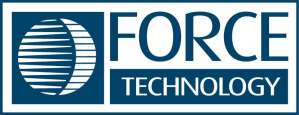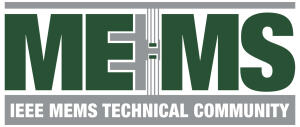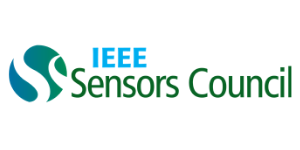The efficiency of a company’s management is an important aspect in determining how an organization converts its resources into profit. This can be features of the resolutions of the board of directors assessed through the financial statements of the business including turnover rates for inventory, fixed assets and accounts receivables. However, having a high efficiency ratios doesn’t necessarily mean that a company is making money. There are other indicators of profitability that must be examined, such as cash flow, net income, and gross margins.
Efficiency and effectiveness are crucial aspects of management however they work best when they work. While effectiveness is focused on achieving long-term objectives, efficient processes help to achieve those goals in the most economical method possible. Efficiency improvements can include, for example, automating repetitive labor costs or increasing yields by using fertilizers.
In the process of improving efficiency, it’s essential to keep in mind that it’s not just about saving money and time, but also about improving the quality of work. If two employees are working on the exact identical task, and they don’t communicate effectively, there is plenty of wasted time. Communicating openly and honestly between employees will boost productivity and help managers detect and address issues swiftly.
Employees are the core of every company. Engaging employees can boost efficiency by reducing the amount of time employees are absent and increasing turnover. Tools like Happieteams which provide managers visual information from weekly surveys lasting one minute, can improve employee engagement.









